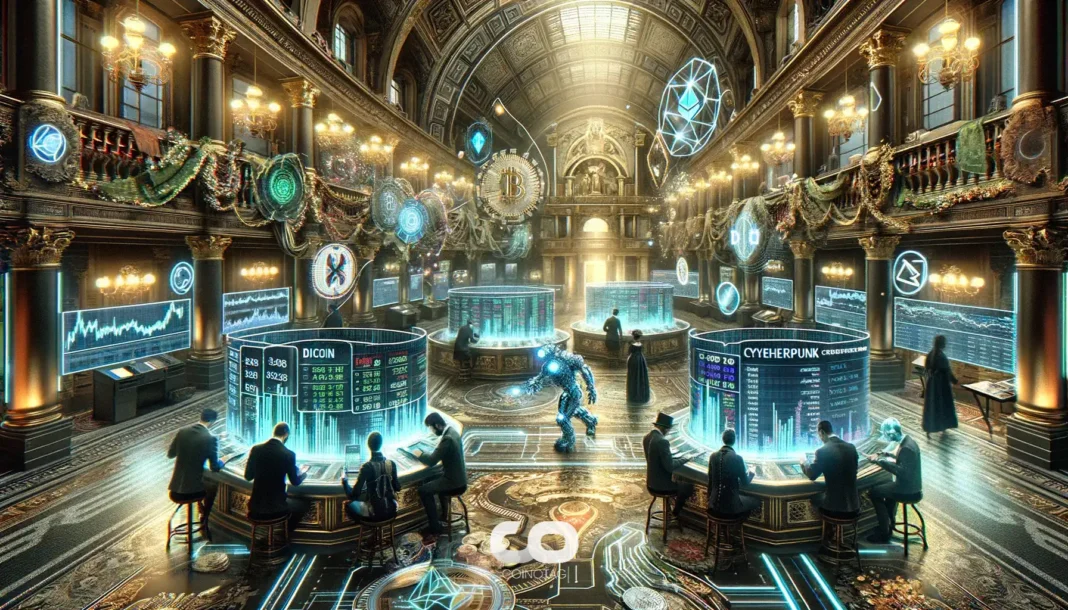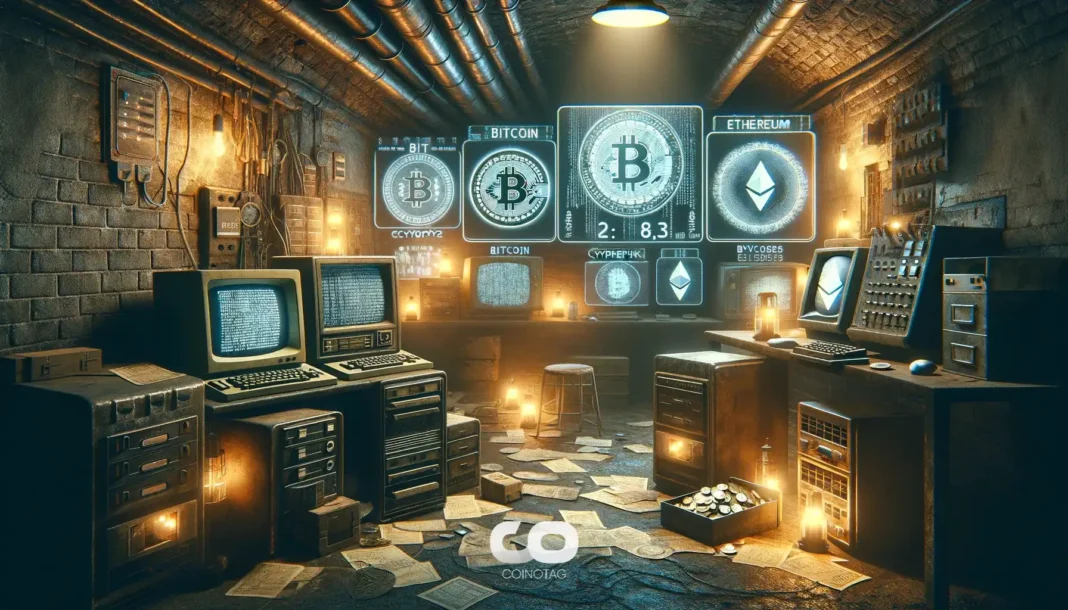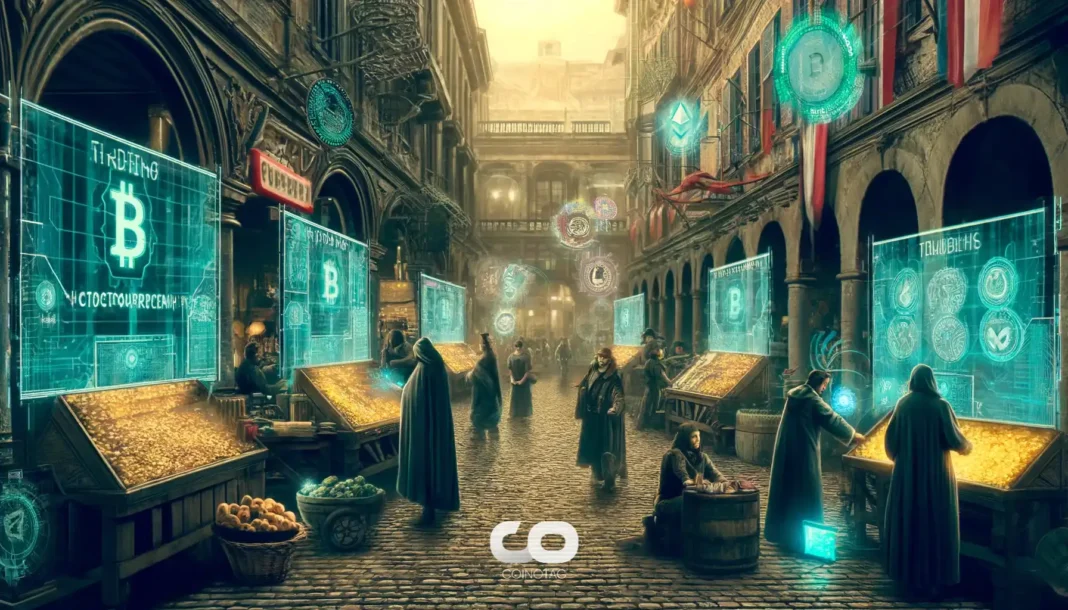| COINOTAG recommends • Exchange signup |
| 💹 Trade with pro tools |
| Fast execution, robust charts, clean risk controls. |
| 👉 Open account → |
| COINOTAG recommends • Exchange signup |
| 🚀 Smooth orders, clear control |
| Advanced order types and market depth in one view. |
| 👉 Create account → |
| COINOTAG recommends • Exchange signup |
| 📈 Clarity in volatile markets |
| Plan entries & exits, manage positions with discipline. |
| 👉 Sign up → |
| COINOTAG recommends • Exchange signup |
| ⚡ Speed, depth, reliability |
| Execute confidently when timing matters. |
| 👉 Open account → |
| COINOTAG recommends • Exchange signup |
| 🧭 A focused workflow for traders |
| Alerts, watchlists, and a repeatable process. |
| 👉 Get started → |
| COINOTAG recommends • Exchange signup |
| ✅ Data‑driven decisions |
| Focus on process—not noise. |
| 👉 Sign up → |
-
The recent halt of the XRP Ledger, one of the oldest networks in the cryptocurrency space, has sparked significant interest as investigations continue into its cause.
-
The disruption, which lasted about an hour, is reminiscent of past technical challenges the network has faced, heightening scrutiny over its operational reliability.
-
David Schwartz, CTO of XRPL, stated, “It looked like consensus was running, but validations were not being published,” highlighting critical aspects of the consensus mechanism.
This article delves into the recent XRP Ledger halt, exploring its implications for network integrity and security amid rising concerns in the crypto space.
Unexpected Disruption: XRP Ledger Halts Block Production
The XRP Ledger (XRPL) experienced a rare and sudden halt in block production on Monday, affecting network operations for approximately one hour. This unexpected interruption drew attention to the underlying mechanisms that maintain the network’s integrity and efficiency. Validators quickly responded to the situation, prompting an investigation into the consensus issues that were observed during the disruption.
Understanding the Consensus Mechanism and Its Flaws
At the core of the XRPL’s architecture is the Unique Node List (UNL), a directory of trusted validators that ensure transactions are verified and finalized without the need for mining. Schwartz noted that the validations were not being published, which caused a divergence in the network’s consensus. This incident raises significant questions regarding the reliability of the UNL, especially after recent changes aimed at decentralizing network governance.
Reactions to the Incident: Restoring Trust and Confidence
Following the incident, the XRPL community expressed concerns about the trustworthiness of the ledger during the downtime. However, Schwartz reassured users that no assets were at risk, explaining that the system recognized the dysfunctionality and did not certify any ledgers as trusted while the issues persisted. This quick self-regulating feature of the network prevented potential loss but did highlight vulnerabilities that need addressing.
| COINOTAG recommends • Professional traders group |
| 💎 Join a professional trading community |
| Work with senior traders, research‑backed setups, and risk‑first frameworks. |
| 👉 Join the group → |
| COINOTAG recommends • Professional traders group |
| 📊 Transparent performance, real process |
| Spot strategies with documented months of triple‑digit runs during strong trends; futures plans use defined R:R and sizing. |
| 👉 Get access → |
| COINOTAG recommends • Professional traders group |
| 🧭 Research → Plan → Execute |
| Daily levels, watchlists, and post‑trade reviews to build consistency. |
| 👉 Join now → |
| COINOTAG recommends • Professional traders group |
| 🛡️ Risk comes first |
| Sizing methods, invalidation rules, and R‑multiples baked into every plan. |
| 👉 Start today → |
| COINOTAG recommends • Professional traders group |
| 🧠 Learn the “why” behind each trade |
| Live breakdowns, playbooks, and framework‑first education. |
| 👉 Join the group → |
| COINOTAG recommends • Professional traders group |
| 🚀 Insider • APEX • INNER CIRCLE |
| Choose the depth you need—tools, coaching, and member rooms. |
| 👉 Explore tiers → |
Previous Technical Challenges of the XRP Ledger
The halt comes at a critical time for the XRP Ledger, which has faced several technical challenges in the previous year, including notable node failures. With a complete history node crash in September 2024 and a subsequent incident in November 2024, the network has had to implement emergency patches to maintain operational continuity. These recurring issues may impact trust and user confidence, as stability is paramount for any blockchain ecosystem.
Market Response: Price Movements and Investor Sentiment
On the day of the halt, XRP experienced a decline of approximately 8.3%, trading at around $2.52, according to data from CoinGecko. This reaction from the market indicates that investor sentiment closely ties to operational performance and perceived risks within the blockchain. The correlation between technical stability and market price is a critical point that stakeholders must address as the network evolves.
| COINOTAG recommends • Exchange signup |
| 📈 Clear interface, precise orders |
| Sharp entries & exits with actionable alerts. |
| 👉 Create free account → |
| COINOTAG recommends • Exchange signup |
| 🧠 Smarter tools. Better decisions. |
| Depth analytics and risk features in one view. |
| 👉 Sign up → |
| COINOTAG recommends • Exchange signup |
| 🎯 Take control of entries & exits |
| Set alerts, define stops, execute consistently. |
| 👉 Open account → |
| COINOTAG recommends • Exchange signup |
| 🛠️ From idea to execution |
| Turn setups into plans with practical order types. |
| 👉 Join now → |
| COINOTAG recommends • Exchange signup |
| 📋 Trade your plan |
| Watchlists and routing that support focus. |
| 👉 Get started → |
| COINOTAG recommends • Exchange signup |
| 📊 Precision without the noise |
| Data‑first workflows for active traders. |
| 👉 Sign up → |
Future Outlook and Community Engagement
The XRP ecosystem is poised for further developments as stakeholders analyze this incident’s implications. Community discussions are ongoing to enhance the network’s resilience, particularly regarding validator performance and the UNL structure. As decentralization efforts continue, it is essential for the XRPL community to rally behind enhancing system reliability and restoring full confidence in the network’s operational capabilities.
Conclusion
The recent XRP Ledger halt serves as a key reminder of the complexities and challenges facing blockchain technology. While the network has resumed normal operations, the incident stresses the need for ongoing improvements in consensus mechanisms and decentralization strategies. As the community works to strengthen the XRPL framework, maintaining transparency and enhancing user trust will be crucial for the future stability and adoption of this influential blockchain.
| COINOTAG recommends • Traders club |
| ⚡ Futures with discipline |
| Defined R:R, pre‑set invalidation, execution checklists. |
| 👉 Join the club → |
| COINOTAG recommends • Traders club |
| 🎯 Spot strategies that compound |
| Momentum & accumulation frameworks managed with clear risk. |
| 👉 Get access → |
| COINOTAG recommends • Traders club |
| 🏛️ APEX tier for serious traders |
| Deep dives, analyst Q&A, and accountability sprints. |
| 👉 Explore APEX → |
| COINOTAG recommends • Traders club |
| 📈 Real‑time market structure |
| Key levels, liquidity zones, and actionable context. |
| 👉 Join now → |
| COINOTAG recommends • Traders club |
| 🔔 Smart alerts, not noise |
| Context‑rich notifications tied to plans and risk—never hype. |
| 👉 Get access → |
| COINOTAG recommends • Traders club |
| 🤝 Peer review & coaching |
| Hands‑on feedback that sharpens execution and risk control. |
| 👉 Join the club → |
| COINOTAG recommends • Members‑only research |
| 📌 Curated setups, clearly explained |
| Entry, invalidation, targets, and R:R defined before execution. |
| 👉 Get access → |
| COINOTAG recommends • Members‑only research |
| 🧠 Data‑led decision making |
| Technical + flow + context synthesized into actionable plans. |
| 👉 Join now → |
| COINOTAG recommends • Members‑only research |
| 🧱 Consistency over hype |
| Repeatable rules, realistic expectations, and a calmer mindset. |
| 👉 Get access → |
| COINOTAG recommends • Members‑only research |
| 🕒 Patience is an edge |
| Wait for confirmation and manage risk with checklists. |
| 👉 Join now → |
| COINOTAG recommends • Members‑only research |
| 💼 Professional mentorship |
| Guidance from seasoned traders and structured feedback loops. |
| 👉 Get access → |
| COINOTAG recommends • Members‑only research |
| 🧮 Track • Review • Improve |
| Documented PnL tracking and post‑mortems to accelerate learning. |
| 👉 Join now → |







